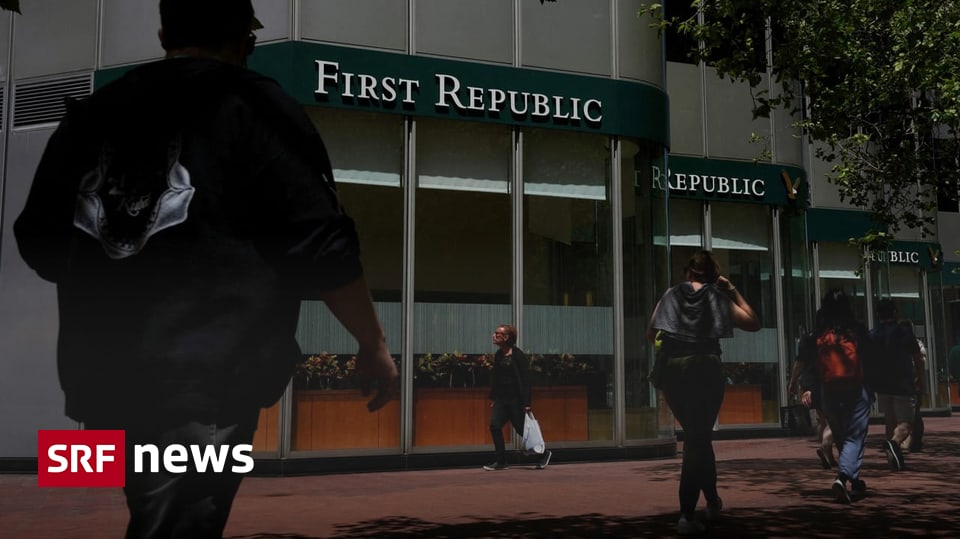Since the collapse of California’s Silicon Valley Bank, one financial institution after another has been hit like dominoes. This week it was Bank First Republic’s turn. Now at least three other regional banks have to tremble. Many affected banks have taken too much risk.
The pattern repeats itself over and over again. As soon as a bank falls into disrepute, as soon as it is said that it is no longer entirely safe, the vicious circle begins: customers withdraw their money from their accounts. The bank therefore has no choice but to hastily sell financial assets in order to pay out the funds to customers.
Big temptation
The problem with this is that the bank suffers losses. Because their investments have lost value. That’s because she made her investments at a time when interest rates were low. Back then, the temptation to take excessive risks was great, says finance professor Lena Tonzer from the German University of Magdeburg.
“The banks have been in a special environment in recent years, where interest rates have been very low,” explains Tonzer. They would therefore have tried to go into businesses that could make a profit and maintain profitability. “This can lead to one or the other bank building a business model to excess – and exhausting it,” says finance professor Tonzer.
Sensitive large customers
So the business model of many US regional banks was built on sand. Their management was looking for rapid growth and also accepted large sums of money from wealthy customers on a large scale. The banks then often put substantial sums in supposedly lucrative loans for commercial real estate. Or they bought long-term bonds that promised comparatively high returns.
Legend:
This week, the US regional bank First Republic stumbled – at least three others are shaking.
Reuters/Loren Elliott
When the US housing market began to weaken and the market value of bonds fell – with interest rates rising rapidly – things got tricky for the banks. Knowledge of the risks dormant in banks’ balance sheets soon trickled out to the public.
In addition, bank customers are reacting particularly quickly to the current crisis. Everyone knows that US deposit insurance normally only protects assets up to $250,000. Large customers therefore rush to the emergency exit as soon as they smell a rat.
Averted conflagration
So far, the American authorities have been able to prevent a conflagration in the financial system. It helps that large financial groups are stable, such as JPMorgan Chase. The industry giant took over the ailing First Republic on Monday, supported by the US deposit insurance fund FDIC. In this way, the costs for the general public are kept within limits.
However, what is happening in the USA is also causing unrest in Europe. There are hardly any signs that European financial institutions are equally at risk. The additional regulations that were introduced after the financial crisis in 2007 and 2008 provide a certain buffer to cushion similar events, says Tonzer, adding: “But you can never say for sure.”
The players on the international financial markets are now hoping that the situation will remain under control. The fact that the US Federal Reserve is unlikely to raise interest rates much further is fueling confidence. That eases some of the pressure on US regional banks.
